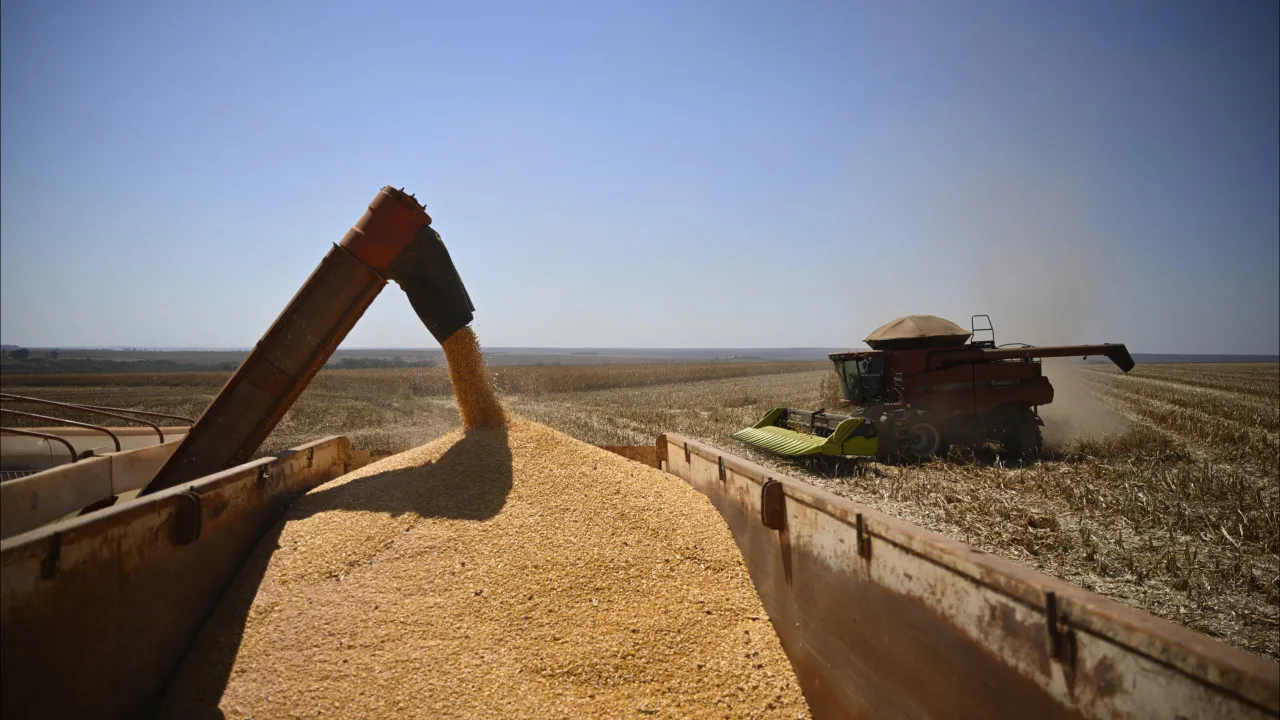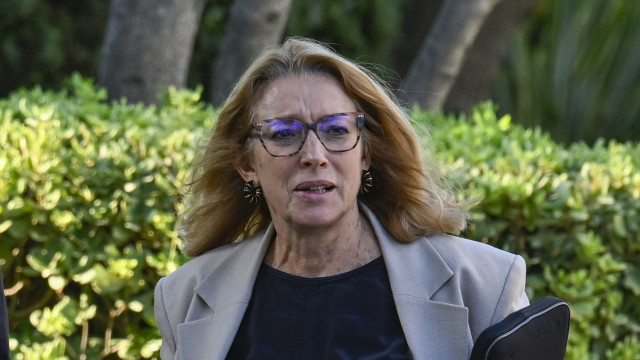
According to the INE, Portugal achieved self-supply levels of 17.9% in cereals, 90.1% in milk and derivatives, and 68.8% in fruits, maintaining its self-sufficiency in rice.
In the 2023/2024 campaign, the self-supply degree for cereals (excluding rice) “remained highly deficient” at 17.9%, deteriorating by 0.2 percentage points compared to the previous campaign.
The self-supply rate of 90.1% for dairy products (milk and derivatives) in 2024 compares with 94.1% in 2023. While surplus in consumption milk (108.9%) and butter (140.0%) was maintained, deficits persisted in some dairy products such as fermented milk (52.5%), milk-based beverages (68.2%), and cheese (60.8%).
Last year, the domestic market provided 75.2% of the meat required for national consumption needs, up by 0.3 percentage points from the previous year.
Poultry was the most consumed meat (49.3 kilograms per capita, compared to 46.8 kg in 2023), followed by pork (42.7 kg per capita versus 41.6 kg in 2023).
Per capita fruit consumption in the 2023/2024 campaign was 151.1 kg per person (152.0 kg in the 2022/2023 campaign), with the self-supply degree set at 68.8%, a decrease of 5.2 percentage points from the previous campaign.
Fruit imports and exports rose by 4.8% and 3.4%, respectively.
The olive oil self-supply rate in 2023 was 214.9% (114.9 percentage points above self-sufficiency), marking the olive campaign as the second most productive ever.
Compared to 2022, olive oil exports decreased by 12.0%, and imports fell by 3.2%.
In the 2023/2024 campaign, the wine self-supply degree was 117.4% (113.6% in 2022/2023).
Wine production increased by 10.1% over the previous campaign, with a “significant decrease” in wine imports (-45.4%) and a lesser contraction in exports (-18.6%).
There was a preference for wines with Protected Designation of Origin (PDO) and Protected Geographical Indication (PGI).
In 2024, farm activity income in real terms per annual work unit (AWU) increased by 14.5%, due to a “large increase” in “other production subsidies” (+143.4%), while Gross Value Added (GVA) decreased by 1.1%.
The INE states that the nominal GVA decrease resulted from a “slight decline” in agricultural sector production (0.2%) combined with an increase in intermediate consumption (+0.3%).
In real terms, GVA grew by 7.3%, reflecting a volume increase in production (+4.2%) above intermediate consumption (+2.5%).
The index of agricultural goods production prices decreased by 2.7% in 2024, reflecting a decrease of 1.7% in the plant production price index and 4.4% in the animal production price index.
The index of prices for consumable goods and services in agriculture recorded a decrease of 0.4%, while the price index for investment goods and services in agricultural activities increased by 3.5%.




